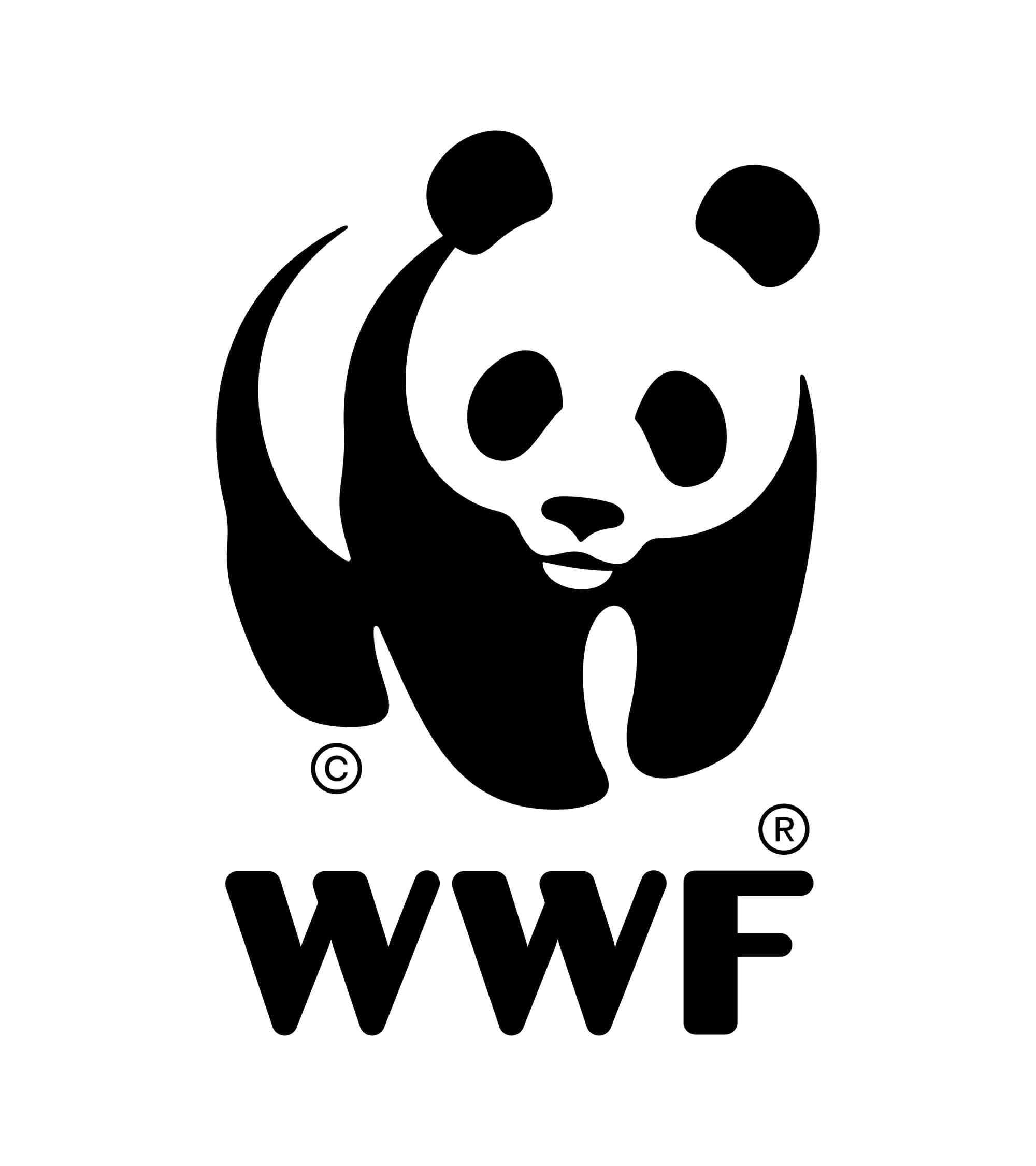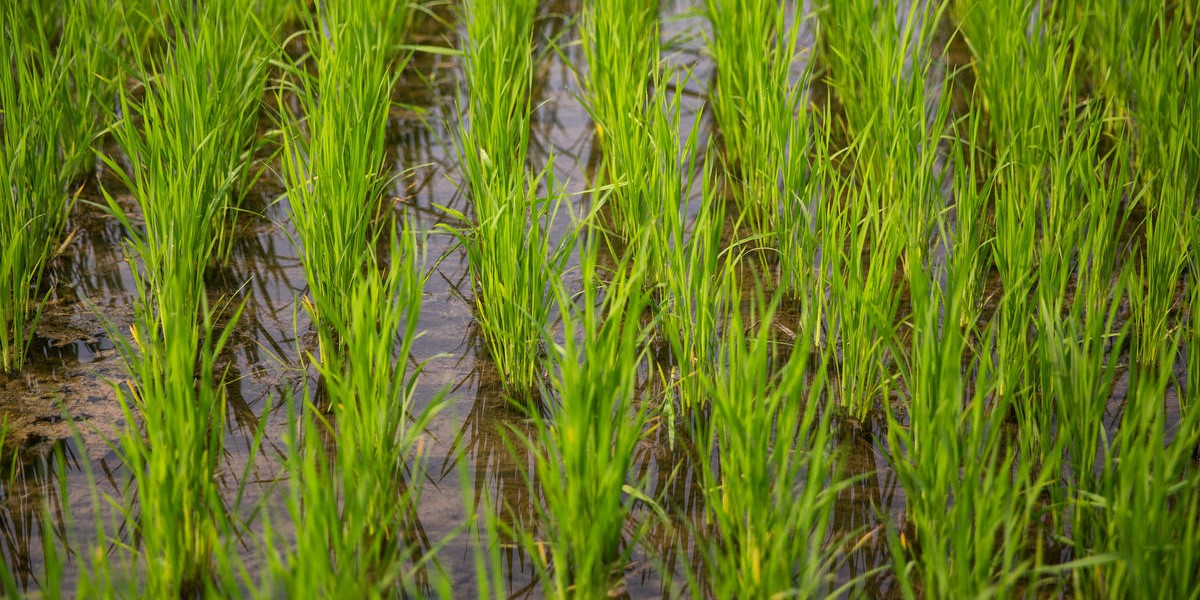FOOD FOR CHANGE
By Cristina Eghenter
Why is food security still eluding countries’ efforts? Will food be enough to feed a rapidly growing population in decades to come? These are probably among the most pressing questions we need to address as a world community. In the global development agenda, food security remains central. Goal 1 of the MDGs is about eradicating extreme poverty and hunger. The HLPEP final report highlights ‘ensuring food security and good nutrition’ as one of the fundamental goals for the post-2015 agenda.
The urgency and cruciality of the issue are also the reason why every 16th of October we celebrate World Food Day. This year, the theme is: Sustainable Food Systems for Food Security and Nutrition.
This year’s theme offers the possibility to explore the issue of food security from a different perspective. It highlights the fact that food is embedded in diverse and inter-connected realms like agriculture, environment, culture and production. It prods us to consider more broadly the relations at the heart of ‘food secuirty,’ a complex economic, social and environmental ‘ nexus.
Food as nutrition is a basic need and human right. Anthropologists, folkolorists and historians have told us that food consumption, what we classify as food, how we prepare and eat it, also embodies deep cultural meanings. Food recipes reflect history, carry traditions and reveal the identity of ethnic groups. Food marks every celebration of the life-cycle and is socially constructed. Food is also part of a production system which takes from the earth, the sea, and the bounty and diversity of natural resources, and through the able and knowleadgeable hands of farmers, fisherfoks, and food artisans, delivers to the market and enters social circles. Seeing food in this relational dimension raises a new awareness of how food choices and consumption can help trasform production and create a stronger connection between producers and consumers, for more sustainability.
Organic and green lifestyles, organic certification, Green & Fair Products, Fair Trade, Slow Food and zero-mile movements, exemplify efforts to educate consumers, boost local economies and protect the cultural identity of food. They are ways to establish a more transparent chain of information, recognize food sovereignty, develop relations of trust between producers and consumers, and thus build a virtual community of practice in which members cooperate to become agents of change. As part of the same community, members get to know the places, stories and the gestures behind the food, no longer an anonymous product, but the mirror of specific economic, environmental and socio-cultural dimensions of production.
Agriculture, for example, is a way in which we produce food, but also a way in which we manage the land and its resources, shape economic and power relations. We can take the example of a traditional farming system like ‘ladang.’ While unfairly criticized for decades for being destructive and wasteful, the traditional ‘ladang’ system is a forest and agricultural management system with obvious advantages: economic (efficiency, self-supporting, multi-cropping); environmental (adapted to tropical conditions, forest succession, fertility of the soil); and social (cooperative work; division of labor; extra time for other endeavors). The diversity of the products of the ‘ladang’ system, combined with their localism, indicate a high level of endemism of species and cultivars, often with multiple uses beyond food. The food products, mainly rice but also cassava, corn, vegetables, and fruit, reflect this complex system with numerous benefits for producers, consumers and the environment.
This is true as long as the system is in balance, and the complex of practices, relations and benefits do not stretch physical limits of production beyond a point of no return (the biocapacity of our planet) and respect the fragility of the ecosystem. At the same time, the food production system needs to ensure and maintain equality with regard to social and economic aspects. All three dimensions are essential for sustainability, resilience, and fairness.
We do not need to be part of a traditional community in a physical sense to become actors of change and be part of the transformation of food systems towards more sustainability and equity. It is true that a lot more needs to happen at macro-level to promote environment-friendly technological innovation and investment in agriculture; manage competing claims over land use to maintain food and agroforestry production, and water sources; promote good governance of natural capital by involving the relevant stakeholders and right-holders in fair partnerships; and protect bio-cultural knowledge systems related to food plants and crops. Nevertheless, through our food choices, we can also help keep healthy and fair relations between producers and consumers, maintain the cultural identity of food and protect the environment.
The writer is an expert in Social & Development issues and works with WWF Indonesia.





